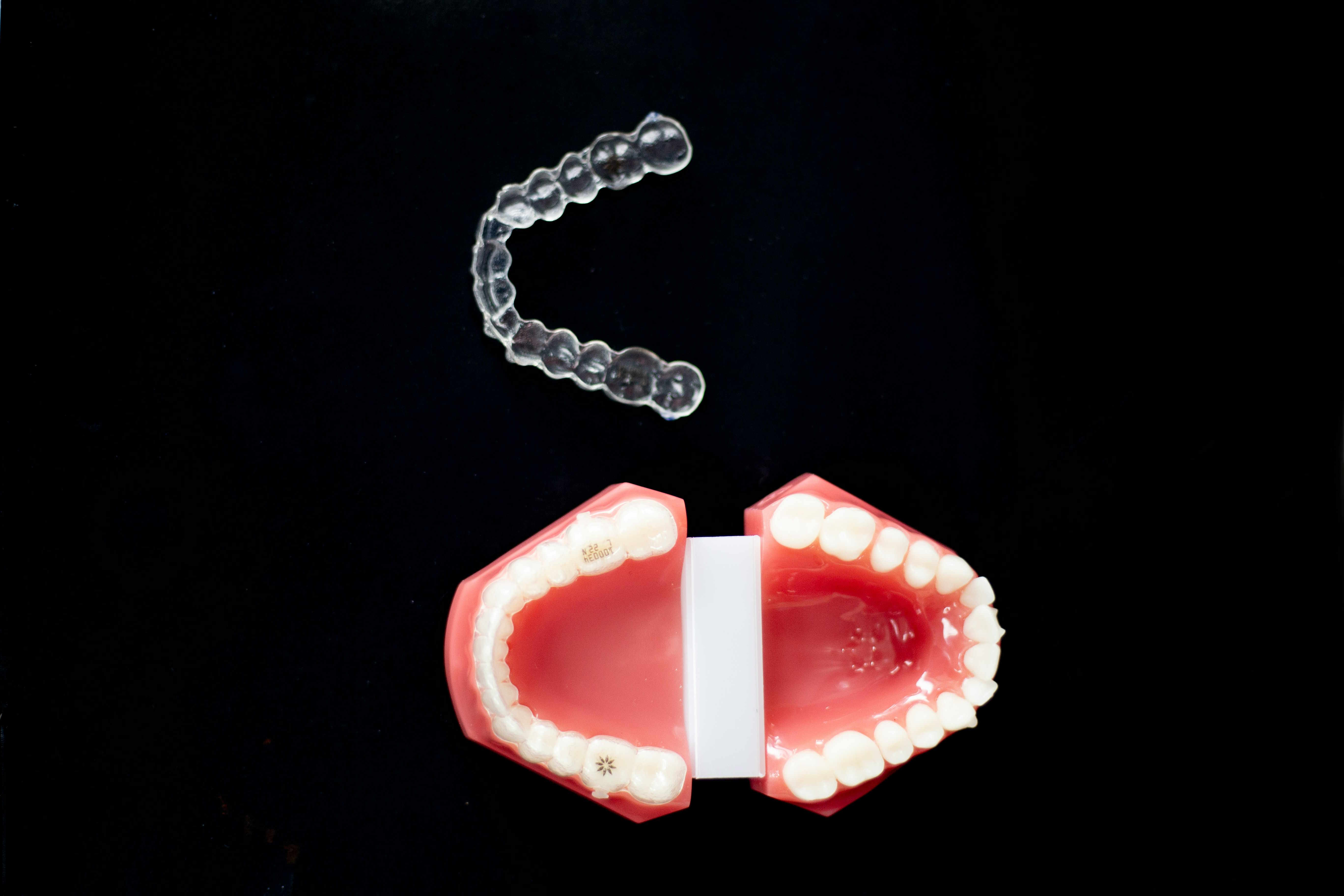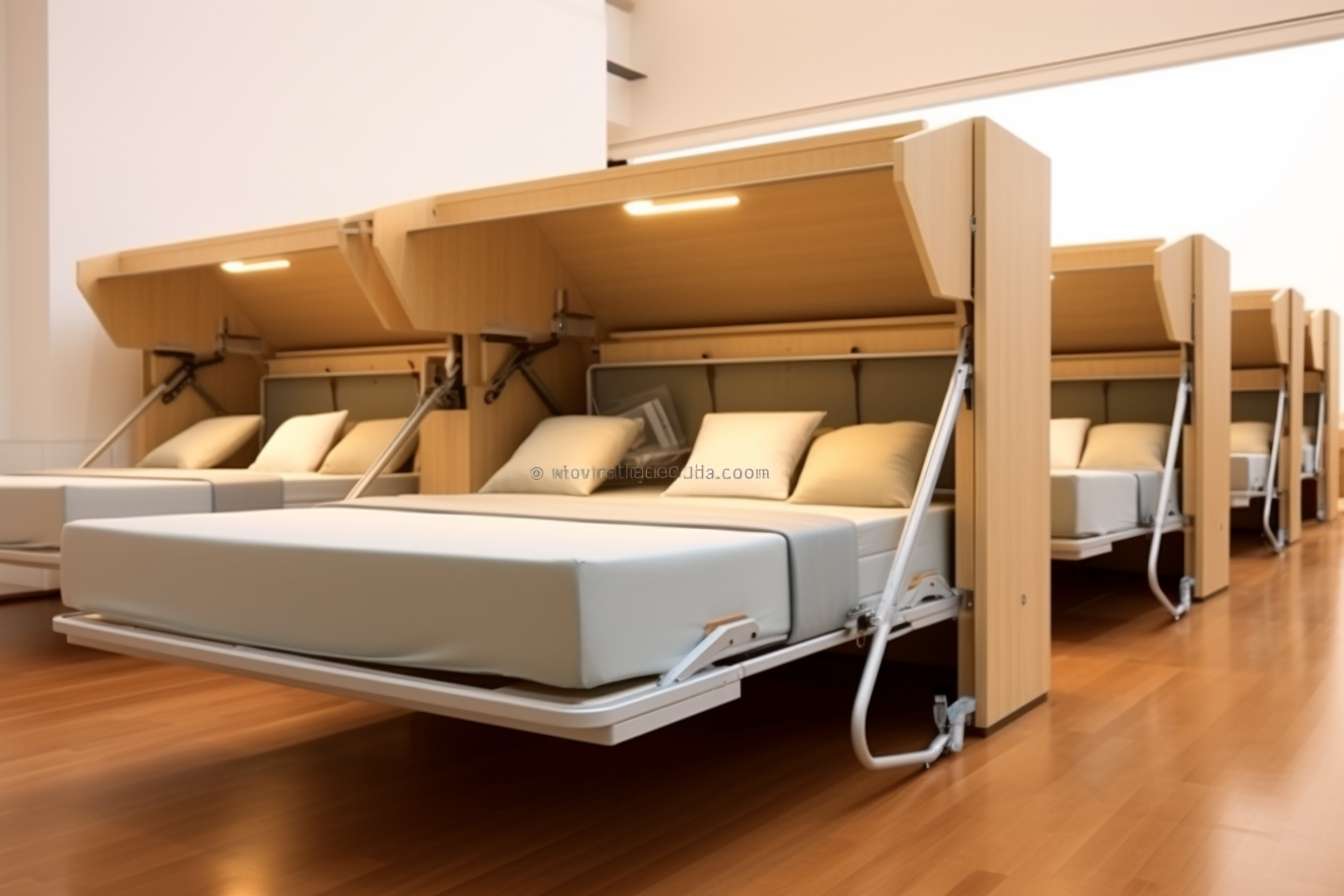The Future of Dental Implants: Exploring Screwless Options
Dental implant technology continues to evolve, with screwless options emerging as a promising advancement in tooth replacement solutions. These innovative implants offer potential benefits including faster healing times, simplified procedures, and improved comfort for patients. As dental professionals seek ways to make implant procedures less invasive and more accessible, screwless designs represent a significant step forward in restorative dentistry.

Dental implants have revolutionized tooth replacement, providing patients with durable, natural-looking solutions for missing teeth. Traditional implants typically involve titanium screws surgically placed into the jawbone. However, as dental technology advances, screwless dental implant options are emerging as innovative alternatives that may offer distinct advantages for certain patients. These newer approaches are changing how dental professionals approach tooth replacement and expanding options for those seeking dental restoration.
What Are Screwless Dental Implants & How Do They Work?
Screwless dental implants represent an evolution in implant dentistry that eliminates the need for traditional threaded screws. Instead of drilling and threading a titanium screw into the jawbone, screwless systems typically utilize press-fit designs, expansion mechanisms, or alternative fixation methods to secure the implant within the bone.
Most screwless systems work through mechanical principles such as lateral compression or expansion within the bone socket. Some utilize a tapered design that creates stability through compression against the bone walls when inserted. Others feature specialized surface treatments that promote rapid osseointegration—the process where bone cells grow directly onto the implant surface, creating a strong bond between implant and bone.
The procedure typically involves preparing a precise socket in the jawbone, then inserting the specially designed implant using controlled pressure rather than rotational torque. This approach can potentially reduce trauma to surrounding tissues while still achieving the necessary stability for successful tooth replacement.
The Future of Dental Implants: Screwless Options
The dental implant landscape is evolving rapidly, with screwless designs representing one of the most promising frontiers. Research and development in this area focus on creating implants that are less invasive, faster to place, and more comfortable for patients.
One significant advancement is the development of bioactive materials that actively promote bone formation around the implant. These materials can potentially accelerate osseointegration, reducing healing times compared to traditional implants. Some newer screwless systems incorporate nanostructured surfaces or bioactive coatings that signal bone cells to attach and proliferate more quickly.
Digital dentistry is also transforming screwless implant procedures. Advanced imaging and computer-aided design allow for incredibly precise planning and customization of implants. This precision means screwless implants can be designed to match a patient’s specific anatomy perfectly, potentially improving outcomes and reducing complications.
As research continues, we may see further innovations such as biodegradable components, growth factor incorporation, and even “smart” implants that can monitor healing progress or deliver therapeutic agents directly to surrounding tissues.
Screwless Implants for Seniors: Easier Tooth Replacement
Seniors often face unique challenges when considering dental implants. Age-related bone loss, medical conditions, and concerns about lengthy procedures can make traditional implant placement more complicated. Screwless implant systems offer several potential advantages that may make them particularly suitable for older adults.
The less invasive nature of screwless implant placement typically results in reduced surgical trauma. This can be especially beneficial for seniors who may have compromised healing capacity or medical conditions that complicate surgery. The procedure often requires less drilling and manipulation of bone tissue, which can translate to less post-operative discomfort and swelling.
Many screwless systems are designed for immediate or early loading, meaning temporary or permanent teeth can be attached sooner after implant placement. This accelerated timeline can be particularly appealing to older adults who may not want to wait through lengthy healing periods without teeth or with temporary removable options.
For seniors with reduced bone density or volume, certain screwless designs may offer advantages by distributing forces differently than traditional threaded implants. Some systems are specifically engineered to achieve primary stability even in softer or less dense bone, potentially reducing the need for bone grafting procedures that would extend treatment time and increase costs.
Immediate Loading & The Screwless Implant Procedure
One of the most significant advantages of many screwless implant systems is their compatibility with immediate loading protocols. Immediate loading refers to attaching a temporary or permanent crown to an implant on the same day as implant placement, allowing patients to leave their appointment with functional teeth.
The screwless implant procedure typically begins with comprehensive diagnostic imaging to assess bone quality and quantity. Using this information, the dental surgeon creates a precise surgical plan. The actual procedure often takes less time than traditional implant placement, with some systems requiring only minimal drilling to create the implant site.
After the implant is placed using controlled pressure rather than threading, the surgeon assesses its stability using specialized instruments that measure implant micromovement. If sufficient primary stability is achieved—typically measured as an implant stability quotient (ISQ) above a certain threshold—immediate loading becomes possible.
For patients receiving immediately loaded screwless implants, the experience can be transformative. They avoid the traditional waiting period of 3-6 months without a permanent tooth and instead receive a functional, aesthetic replacement right away. However, patients must follow strict dietary guidelines during the initial healing phase to avoid placing excessive force on the newly placed implant.
Cost of Full Mouth Dental Implants: Screwless Options
Full mouth dental implant restoration represents a significant investment, with costs varying based on numerous factors including the implant system used, number of implants required, and any additional procedures needed. Screwless implant options typically position themselves in the premium segment of the market due to their innovative technology and potential benefits.
| Treatment Type | Average Cost Range (CAD) | Number of Typical Appointments | Recovery Time |
|---|---|---|---|
| Traditional Full Mouth Implants | $20,000-$45,000 | 5-8 | 3-6 months |
| Screwless Full Mouth Implants | $25,000-$55,000 | 3-5 | 1-3 months |
| All-on-4 with Screwless Design | $24,000-$40,000 | 2-4 | 1-3 months |
| Hybrid Systems (Partial Screwless) | $22,000-$38,000 | 4-6 | 2-4 months |
Prices, rates, or cost estimates mentioned in this article are based on the latest available information but may change over time. Independent research is advised before making financial decisions.
While screwless implant systems may have a higher initial cost, patients should consider the potential long-term value. The reduced number of appointments, faster completion of treatment, and potentially lower complication rates may offset the higher upfront investment. Additionally, many dental providers offer financing options to make these advanced treatments more accessible.
Insurance coverage for screwless implants varies widely, with many dental insurance plans providing only limited coverage for implant procedures. Patients should verify their coverage details and explore financing options when considering full mouth restoration with screwless implants.
The decision to pursue screwless implant technology should be made in consultation with a dental professional who can evaluate individual circumstances, including bone quality, overall health, and specific needs.
Conclusion
Screwless dental implants represent an innovative approach to tooth replacement that continues to evolve as technology advances. While traditional implants remain an excellent option for many patients, screwless alternatives offer potential advantages including less invasive procedures, faster treatment timelines, and specific benefits for certain patient populations like seniors. As with any dental procedure, the best implant system depends on individual patient factors, and a thorough consultation with a qualified implant specialist is essential for making an informed decision about tooth replacement options.
This article is for informational purposes only and should not be considered medical advice. Please consult a qualified healthcare professional for personalized guidance and treatment.




